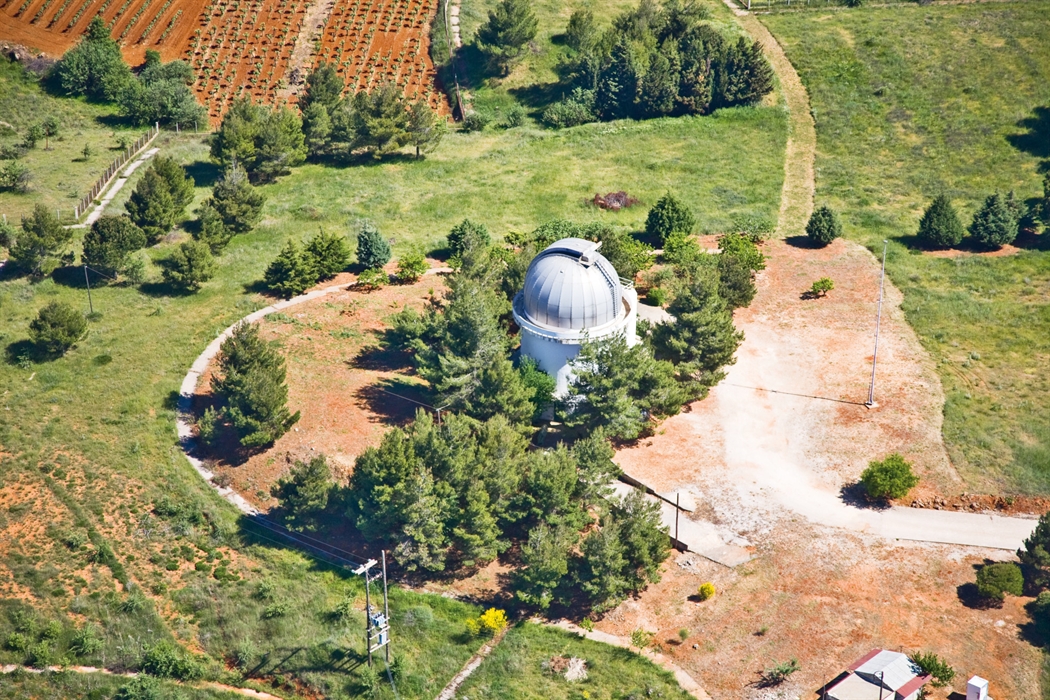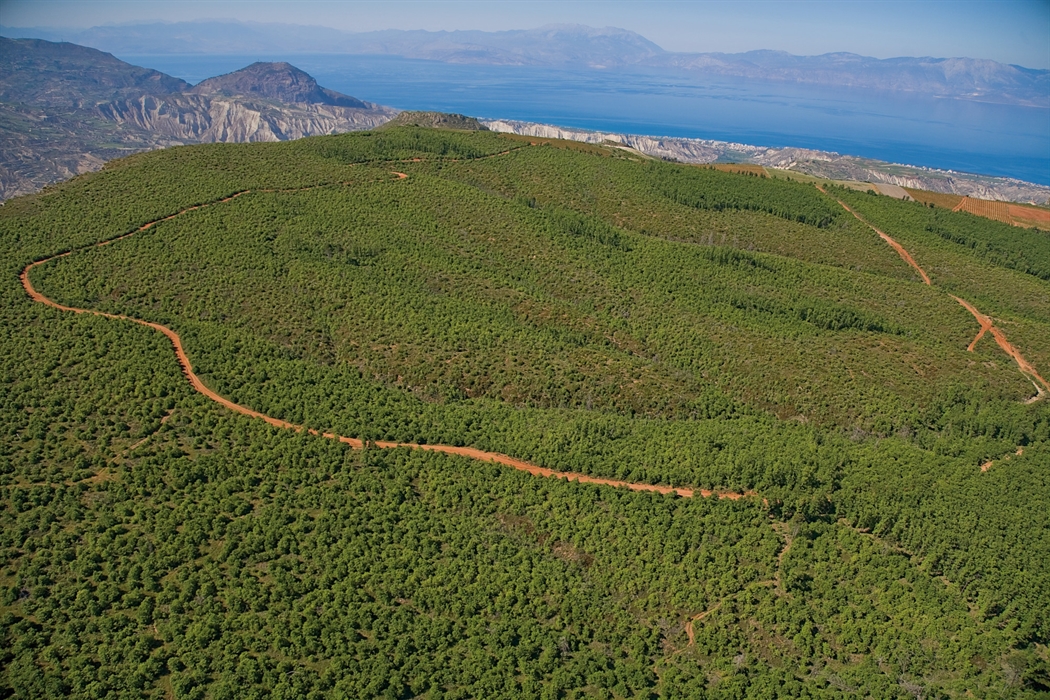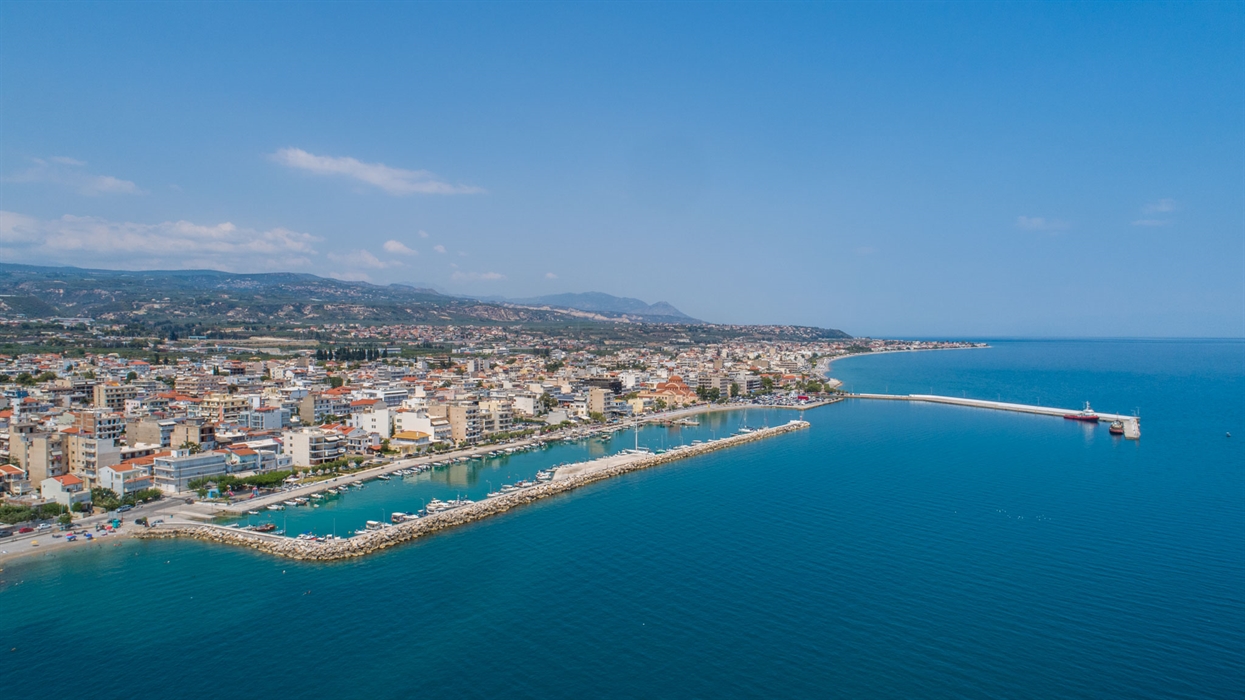Kiato and the nearby sights
By following the western coastline of Corinthia, you’ll reach the coastal summer resort of Kiato, with its big beach. Close to it lies Panagia Lechova and the aesthetic forest of Mongostos.
Close to Corinth, and Athens as well, Kiato, the base of the Municipality of Sikyona, is a holiday town, which has evolved into an important tourism destination, with very good facilities. Its harbour played a significant role in the development of the area, since this is where citruses were exported to the East from.
The extremely big beach of Kiato has beach bars, restaurants, tavernas, cafés, it is organised, with umbrellas and sunbeds.
In the grove of Panagia, excavations have brought an Early Christian basilica of 5th century to light.
NEARBY SIGHTS
From Kiato you can go to the archaeological site of ancient Sikyona and the museum (5 km).
The aesthetic forest of Mongostos. It stretches over the foothils of Ziria, soutwest of the settlement of Souli, and it is one of the designated Natura network 2000 “Aesthetic Forests”. It covers more than 7,000 square metres. It is a coppice (namely it followed the natural course of evolution), with Hungarian oak (quercus frainetto prevailing. Other species are, for instance, the Aleppo pine, the black pine, the Cephalonian pine,the juniper and the Judas tree.
Since 1998, there is a model weather station, set up as part of the European project MEDEFLU, one of a kind in Greece. It is managed by the Agricultural University of Athens.
The observatory It has operated since 1972 near Kryoneri (about 16 km away from Kiato). A telescope with a diameter of 1.2 meters of the Institute of Astronomy and Astrophysics has been installed., with a CDD camera as its main instrument. There is an engineering and electronics lab in the observatory. You can visit the Observatory and check all this out during the “Open days” taking place annually in August.
Panagia Lechova It lies close to Kiato, at an altitude of 1050 m, on the east side of Mount Titanas. It is mentioned in oral tradition between the Byzantine monasteries of the Peloponnese, and the name “Lechova” is believed to be of Slavic origin. The period of its construction can be deduced based on the dating of the exquisite marble mosaic on the catholicon’s floor. According to Professor Anastasios Orlandos, who studied the monastery in 1934, the creation of the mosaic, of unique historical, religious and artistic value, dates back to the 11th or 12th century.
The church was renovated at the end of the Venetian Occupation (1715), and at the beginning of the second Ottoman Occupation in the Peloponnese. The most important relic is the icon of Mary, dating back to the late 17th or early 18th century, and considered miraculous. The catholicon was declared a landmark by the Greek Ministry of Culture. Between 1990 and 2000, the monastery was maintained and upgraded, under the supervision of the Archaeology Department.
Did you know that
Kiato lies 22 km away from Corinth to the west. For the other coastal settlements in the region, see here.
Location
Find the destination on the interactive map below.
Σχετικό περιεχόμενο χρηστών (UGC)
Ενημερωθείτε για ενδιαφέροντα θέματα γύρω από τον προορισμό μέσα από το περιεχόμενο των χρηστών μας
Discover 7 hidden gems of the Peloponnese
Many of you may have already visited some of the most renowned attractions…
TOP 10 archaeological museums in the Peloponnese
Olympia, Mycenae, Epidaurus, Diros Cave, Ancient Corinth, Messene and…
TOP 10 Castles in the Peloponnese
Castles galore! Mystras, Monemvasia, Palamidi, Methoni, Koroni,…
Newsletters
- About us
- FAQ's
- Map
- Tourism information centers
- Disclaimer
- Sitemap
- Our brand
- Media roum
- Adding your bussiness
- Corporate
- MICE

Peloponnese. Greece beyond the obvious





Design and creation from Cosmote
Marinas and Moorings
Diving centers
Get inspired
- Media gallery
- Blog
- The Peloponnese in the media
- Your feedback
- Users' general content
- Users' local products
- Users' events content
- Ask a local
More
- Accommodation
- Travel agencies
- Restaurants
- Services
- Destinations Map
- Weather
- Public transport
- Events
- Frequently asked questions
- Useful phones
- B2B
- Destination Data
- Contact



